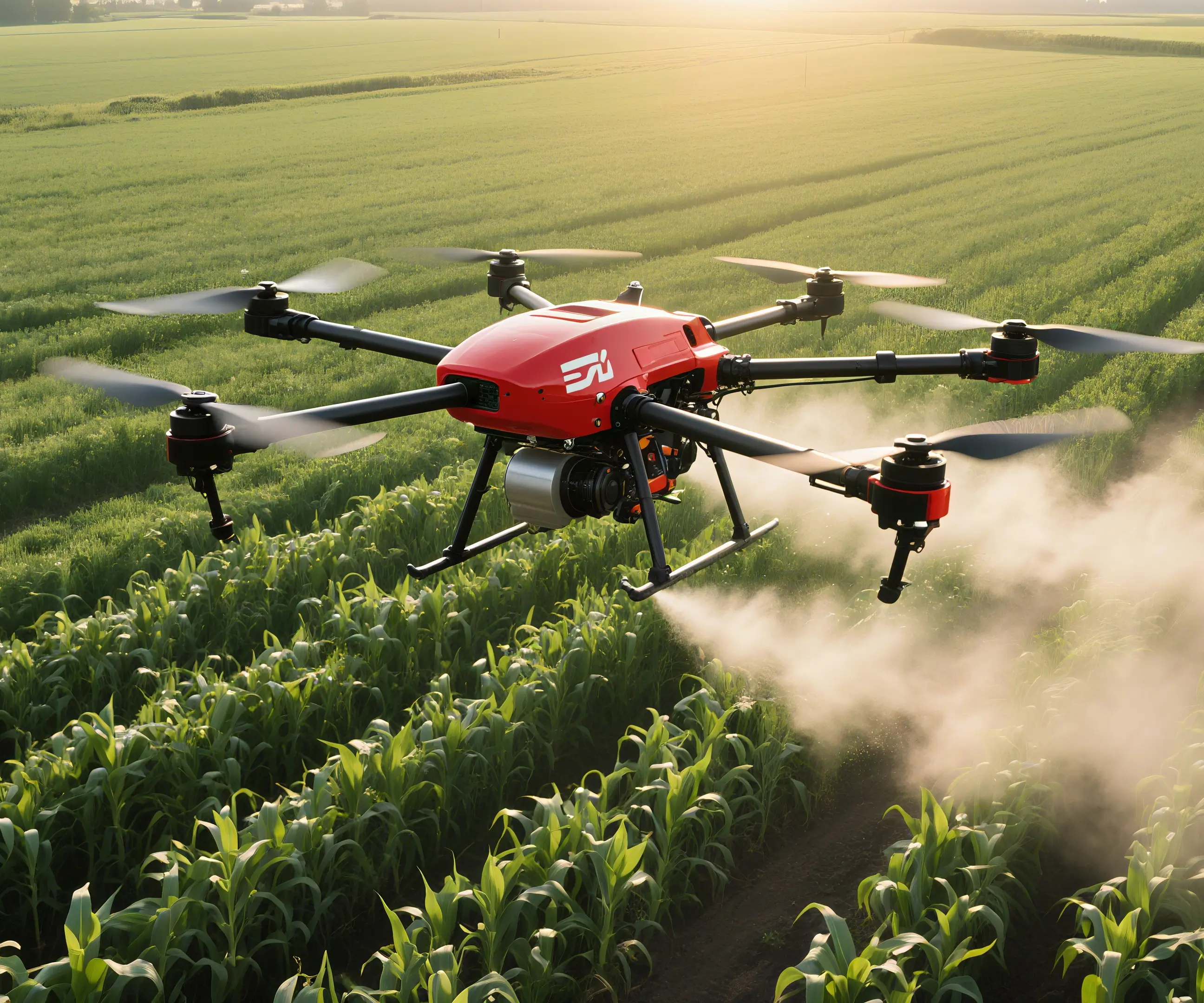Unleash Your Creativity with the Power of Servo Motors and Arduino
Imagine a world where your ideas seamlessly turn into living, moving creations—robots that dance, arms that pick and place objects, or even interactive art installations that respond to your touch. This is the magic of combining servo motors with Arduino technology. Whether you’re a hobbyist, student, or seasoned engineer, understanding how these components work together opens up endless possibilities for innovation.

What is a servo motor and why is it so fascinating?
At its core, a servo motor is a compact, powerful device designed for precise control of angular or linear position, velocity, and acceleration. Unlike simple motors that spin continuously, servo motors are equipped with a feedback mechanism—usually a potentiometer—that constantly reports its position back to a control system. This feedback allows the servo to adjust its movement dynamically, reaching and maintaining exact positions.
In the world of robotics and automation, this precision makes servo motors the go-to component for tasks requiring controlled movement. Think of them as the muscle that moves exactly where you want—whether it’s rotating a robotic arm, steering a camera pan, or opening a miniature door.
The Arduino-Servo synergy
Arduino, the popular open-source microcontroller platform, acts as the brain that orchestrates servo motor movement with simple, programmable commands. Its user-friendly programming environment and extensive community support make it an accessible choice for beginners and experts alike.
With just a few lines of code, you can cue a servo to rotate to specific angles, sweep through ranges, or even respond to sensor inputs. This combination of Arduino's core versatility and the precision of servo motors creates a playground for experiments and projects—ranging from basic tutorials to complex robotic systems.
Getting started: Key components and setup
To begin your journey, you’ll need:
An Arduino board (such as the Arduino Uno) A servo motor (commonly the standard hobby servo, e.g., SG90 or MG90S) Jumper wires A power supply (if your project demands more than what the Arduino can supply) A breadboard for easy connections (optional but recommended)
The wiring process is straightforward. Connect the servo’s power (red wire) to the Arduino’s 5V pin, the ground (black or brown wire) to GND, and the signal (yellow, orange, or white wire) to one of the Arduino’s PWM-capable digital pins (like pin 9). Once wired, plug in your Arduino and prepare to code.
Programming your servo with Arduino IDE
The Arduino IDE simplifies servo control thanks to the Servo library, which provides an intuitive interface for managing servo motors. Here's a basic example to make your servo sweep back and forth:
#include Servo myServo; void setup() { myServo.attach(9); } void loop() { for (int pos = 0; pos <= 180; pos++) { myServo.write(pos); delay(15); } for (int pos = 180; pos >= 0; pos--) { myServo.write(pos); delay(15); } }
This sketch causes the servo to rotate from 0° to 180° and back, creating a smooth sweeping motion. By modifying the angles and delays, you can customize your project’s movement.
Practical applications and ideas
This fundamental control ability opens up countless applications:
Robotic arms: Simulating human movements or performing assembly tasks Camera stabilization: Pan and tilt mechanisms for photography or surveillance Automated door systems: Opening and closing doors or hatches Animatronics: Bringing sculptures or puppets to life with controlled gestures Educational demonstrations: Teaching principles of robotics and electronics
Tips for effective servo control
Always check the servo’s voltage and current specifications; powering servos directly from Arduino's 5V pin suffices for small servos but may require external power for larger models. Avoid forcing the servo beyond its physical limits; always specify safe motion ranges in code. Use adequate delays to give the servo time to reach targeted positions, preventing jitter or missed signals. For complex or multiple servos, consider using dedicated servo driver boards or motor controllers to prevent current bottlenecks.
Troubleshooting common issues
Servo jittering: Usually caused by insufficient power or noisy signals. Using an external power supply can help. Incorrect movement: Check wiring and ensure your code targets the correct pin and angles. Servo not responding: Confirm the servo’s voltage requirements and verify that the library is correctly included and used.
This foundation sets the stage for more advanced robotic projects. Up next, we'll explore integrating sensors, creating interactive systems, and building autonomous robots powered by Arduino and servo motors.
Established in 2005, Kpower has been dedicated to a professional compact motion unit manufacturer, headquartered in Dongguan, Guangdong Province, China.




































